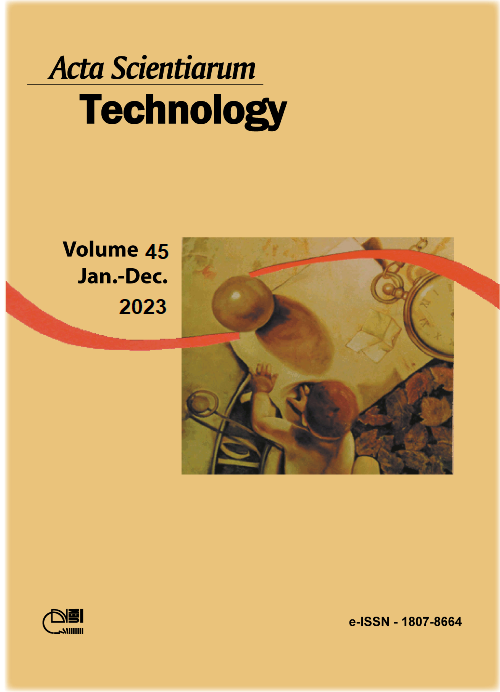Combined Ensemble Intrusion Detection Model using Deep learning with Feature Selection for Fog Computing Environments
DOI:
https://doi.org/10.4025/actascitechnol.v45i1.60551Palavras-chave:
fog computing, deep learning, IDS, CNN, AlexNet, UNSW-NB15Resumo
Decentralized architecture known as fog computing is situated between the cloud and data-producing devices. It acts as a conduit between cloud services and IoT devices. In order to reduce latency, fog computing can handle a significant amount of computation for time-sensitive IoT applications. The Fog layer is simultaneously vulnerable to numerous assaults. To defend the fog nodes from attacks, fog computing paradigms may be suited for deep learning-based intrusion detection systems (IDS). In this paper, a combined Ensemble Intrusion Detection Model using Deep learning with Efficient Feature Selection using Random forests is proposed for Fog Computing Environments by using two deep learning models of traditional CNN and IDS-AlexNet model called Ensemble CNN-IDS with Random Forest and showed this model gives high accuracy of attack detection. The respective model implementations demonstrated on the UNSW-NB15 dataset that consists of 9 classes of attacks namely Fuzzers, Analysis, Backdoors, DoS, Exploits, Generic, Reconnaissance, Shellcodes and Worms. The proposed combined Ensemble Intrusion Detection Model using Deep learning with Efficient Feature Selection for intrusions detection is shown to be accurate and efficient by using different classifiers. Our proposed model provides high the accuracy in attack detection of about 97.5% that it outperformed various other traditional and recent models.
Downloads
Referências
Downloads
Publicado
Como Citar
Edição
Seção
Licença
DECLARAÇíO DE ORIGINALIDADE E DIREITOS AUTORAIS
Declaro que o presente artigo é original, não tendo sido submetido í publicação em qualquer outro periódico nacional ou internacional, quer seja em parte ou em sua totalidade.
Os direitos autorais pertencem exclusivamente aos autores. Os direitos de licenciamento utilizados pelo periódico é a licença Creative Commons Attribution 4.0 (CC BY 4.0): são permitidos o compartilhamento (cópia e distribuição do material em qualqer meio ou formato) e adaptação (remix, transformação e criação de material a partir do conteúdo assim licenciado para quaisquer fins, inclusive comerciais.
Recomenda-se a leitura desse link para maiores informações sobre o tema: fornecimento de créditos e referências de forma correta, entre outros detalhes cruciais para uso adequado do material licenciado.















